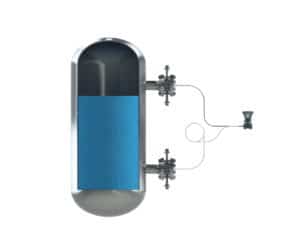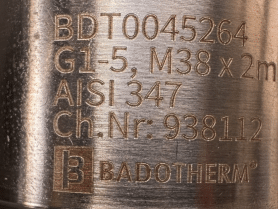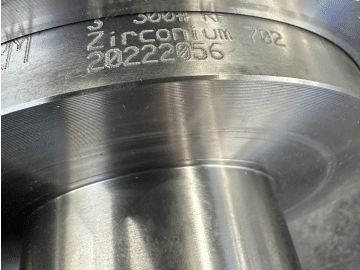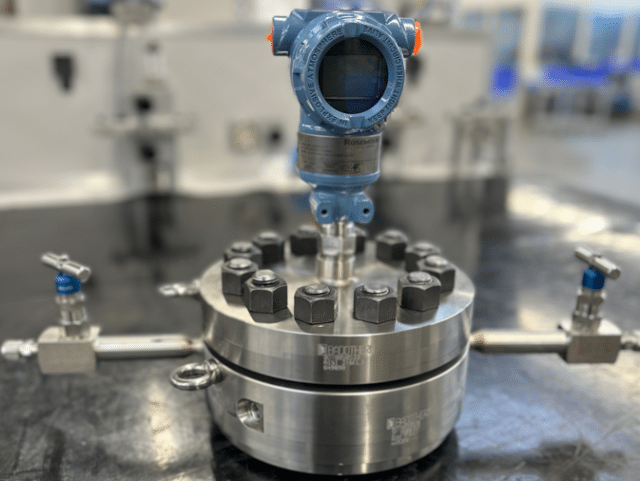In this coming period, we explain and introduce the several mounting styles of different measurement types.
We start with on Style #1: DP Level measurement in closed pressure tanks or vessel.

For this style the differential pressure transmitter is located in between the two nozzles, the most common situation (see image). We highlighted to typical pro’s and con’s of this mounting hook-up for diaphragm seals systems.
Pro:
* Shortest capillaries possible reducing the ambient temperature exposed to the capillaries thus a lower error / TPE.
* Shorter capillaries have a lower cost.
* Shorter capillaries allow for easier handling and mounting.
* Equal capillary length ensure the same ambient effect on both sides, a balanced system.
Con:
* Transmitter is not protected against vacuum situations and can only withstand a limited vacuum.
* Transmitter fixture might be challenging as the ideal shortest capillary length might not allow for good location to place the bracket.
* Transmitter might not be easily accessible at the location of shortest capillary.
If this is the ideal mounting style for your situation, depends on several factors such as requirement for ease of installation, accessibility of the instrument: reading of local display and maintenance or obstacles that do not allow to place the instrument elsewhere.
Not taken all the diaphragm seal systems into account correctly, may result in this case that the measurement could fail. Hence proper engineering and checking of this situation is ideal for your situation is essential. With the use of our BaseCal tool, we can easily check this for you.
For more information the different measurement and installation styles go to:
Measurement & Installation styles – Badotherm



